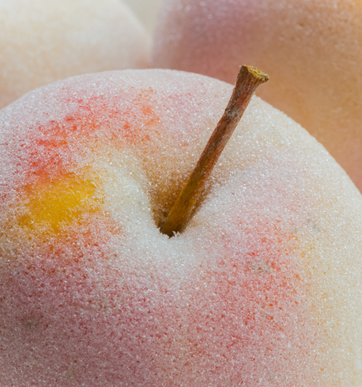
How to safely exfoliate.
Skin exfoliation is the process of removing dead skin cells from the exterior layer of your skin. However, knowing how to safely exfoliate is very important. If done properly, skin exfoliation can be a valuable tool in your skincare regimen. New Orlean’s leading dermatologist Dr. Zeena states, ‘If not done safely, skin exfoliation could do more harm than good.’
Before incorporating exfoliation into your skincare regmine, it’s important to consider your skin type:
- Sensitive skin may sting or burn after product use
- Normal skin is clear and not sensitive
- Dry skin is flaky, itchy or rough
- Oily skin is shiny and greasy
- Combination skin is dry in some areas and oily in others
Ways to safely exfoliate
There are two main methods for at-home exfoliation — chemical products or the use of a manual device, such as a loofah — and the method you choose should be guided by your skin type. Chemical exfoliation uses chemicals products such as salicylic acid, to gently dissolve dead skin cells. The use of a device such as a loofah literally scrubs the dry and dead skin cells away.
To prevent skin damage while exfoliating, dermatologists Dr. Zeena recommends the following tips:
- Consider the skin care products you already use. Some medications and even over-the-counter products may cause your skin to be more sensitive or peel, such as prescription retinoid creams or products containing retinol or benzoyl peroxide. Exfoliating while using these products may worsen dry skin or even cause acne breakouts.
- Select an exfoliation method that suits your skin type. Those with dry, sensitive or acne-prone skin may prefer just a washcloth and a mild chemical exfoliator, as mechanical exfoliation may be too irritating for this skin type. Those with oily, thicker skin may want to use stronger chemical treatments or mechanical exfoliation. However, avoid strong chemical or mechanical exfoliation if you have a darker skin tone or notice dark spots on your skin after burns, bug bites or acne breakouts. For some people, especially those with darker skin tones, more aggressive forms of exfoliation may result in dark spots on the skin.
- Be gentle to your skin. If you use a scrub or chemical exfoliator, apply the product gently using small, circular motions. Do this for about 30 seconds, and then rinse off with lukewarm — not hot — water. If you use a brush or sponge, use short light strokes. Never exfoliate if you have open cuts or wounds or if your skin is sunburned.
- Follow with moisturizer. Exfoliating can be drying to the skin. Apply moisturizer immediately after exfoliating to keep your skin healthy and hydrated.
- Find the right schedule for you. How often you exfoliate depends on your skin type and exfoliation method. Generally, the more aggressive the exfoliation, the less often it needs to be done. Be careful not to over-exfoliate, as this could lead to skin that is red and irritated.


 / 339 Reviews
/ 339 Reviews